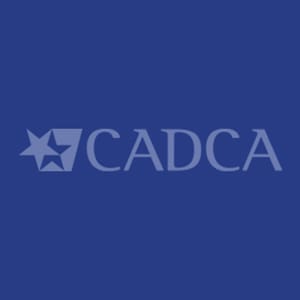Words matter. In diplomatic circles, the words used to describe an international situation can shift alliances and reopen old wounds, and in legislation, the use of a single word can determine whether or not something is included as an allowable expense. A word can change anything from the meaning of a paragraph to an entire policy prescription, and can live on in an individual’s subconscious without them even realizing it. Ever wonder why we are always told to “stay on message?”
So, we have to ask ourselves what happens when our traditional understanding of a particular word becomes blurred? Right now, we are in the midst of a devastating opioid epidemic that, by CDC reports, has taken the lives of over 33,000 individuals in 2015 alone. These figures are staggering and communities across the country have been working tirelessly to stem the devastation. One critical way they have been able to save lives is through the administration of Naloxone – an opioid reversal medication that counteracts respiratory failure and allows a person to breathe again. When you hear the stories of the countless lives saved from this medication it is no wonder why people call it a “life-saving” drug – it truly is.
Naloxone is a critically important component of a comprehensive drug strategy and will continue to be, but Naloxone alone cannot solve this crisis. Without prevention to avert first use and initiation, without treatment to wean off of drug use, and without recovery to develop lifelong coping strategies, we are just prolonging the next overdose. The NY Times found in its reporting that “the withdrawal from the opiate can be so brutal that it often drives people to use heroin again right away” and the Washington Post noted that “officers are interacting with the same drug users over and over again, sometimes saving their lives repeatedly with naloxone.”
How can we solve this problem? We can start by redefining our words, and how we define “prevention.” Since Naloxone’s proliferation, it has taken on a new meaning in some intellectual circles and legislative text, frequently called “overdose prevention.” Why is this problematic? Prevention is upstream and focuses on delaying the first use of a drug, steering individuals clear from entering the cycle of addiction, and forestalling the need for treatment, recovery, and you guessed it – Naloxone in cases of an overdose. When we mislabel our most downstream approach to addressing the opioid epidemic as “overdose prevention,” we risk actual prevention being overlooked and underutilized, and abdicate our societal responsibility to safeguard the public’s health from the exposure to and abuse of deadly substances.
Responding to overdoses is reactive, and we need to be more proactive, especially considering that funding for actual substance use prevention has been cut by 44 percent, or $543.2 million from FY 2005 to FY 2016. One way to bolster our prevention efforts is by correctly identifying bona fide prevention programs such as the Drug-Free Communities program, which takes a comprehensive, multi-sector and data driven approach to prevent and reduce youth substance use/abuse in communities and has achieved major reductions. The term “overdose reversal” or “overdose death prevention” should apply to Naloxone and “prevention” should apply to actual prevention of drug use.
The authors of the Comprehensive Addiction and Recovery Act (P.L. 114-198) correctly identified the six pillars integral to a comprehensive response as – prevention, treatment, recovery, law enforcement, criminal justice reform, and overdose reversal (Naloxone). We need both prevention and overdose reversal (Naloxone) to help tackle this opioid epidemic, but it is vitally important that we do not confuse the two. One prevents and delays first use and the other reverses respiratory failure associated with a drug overdose.
Words matter, and their use matters even more as we talk about funding efforts to address the opioid epidemic. Let us not forget that bona fide prevention programs are integral to any response, and that we can, collectively, continue to help communities create safe, healthy and drug-free communities.



